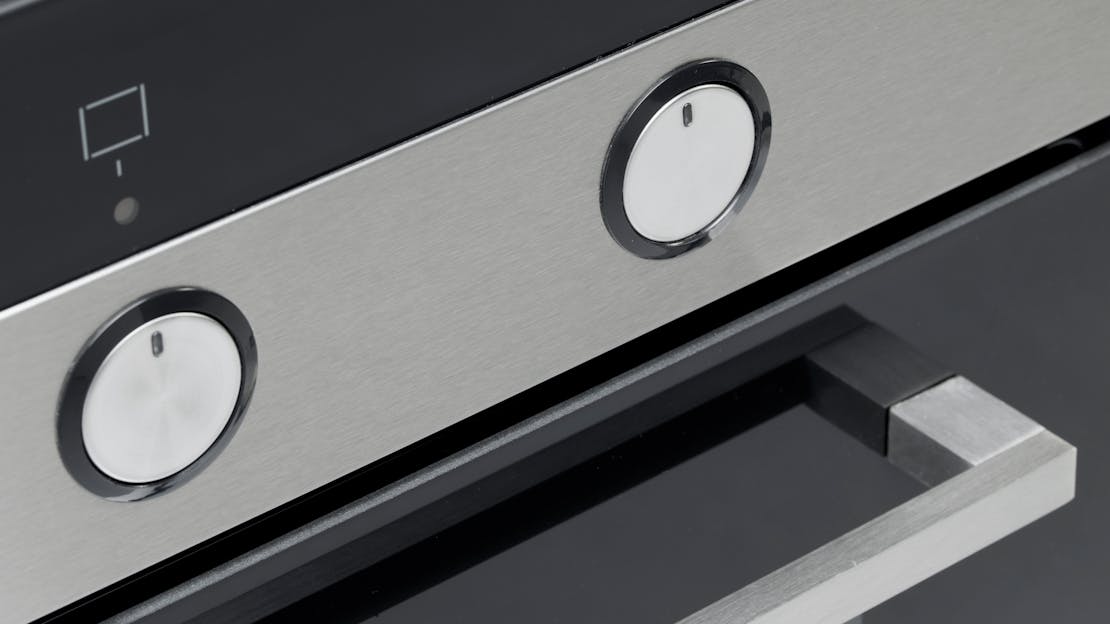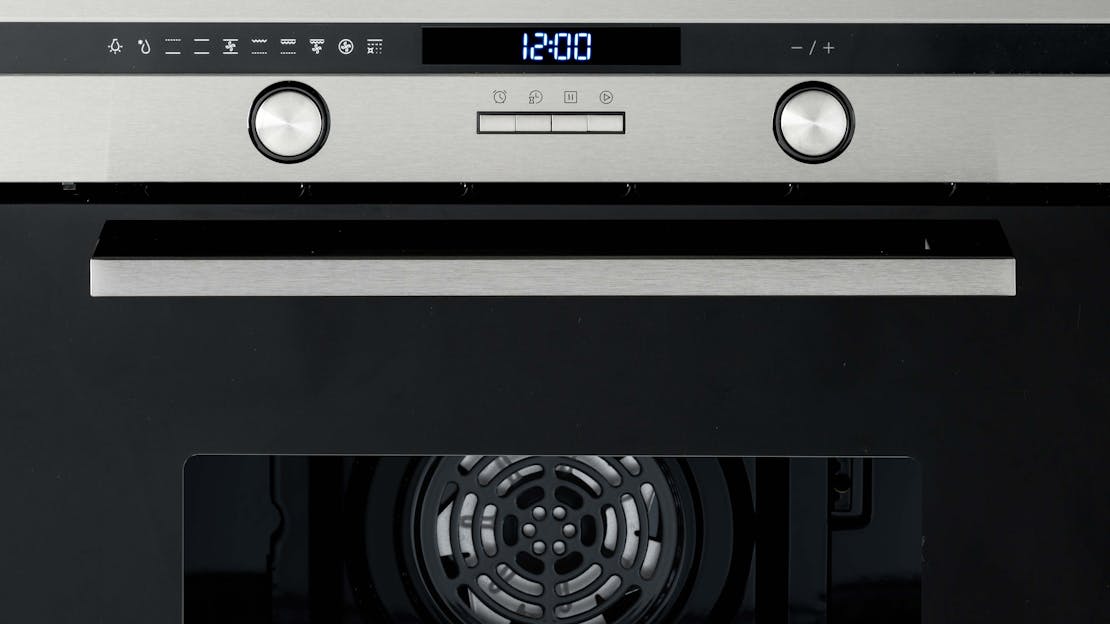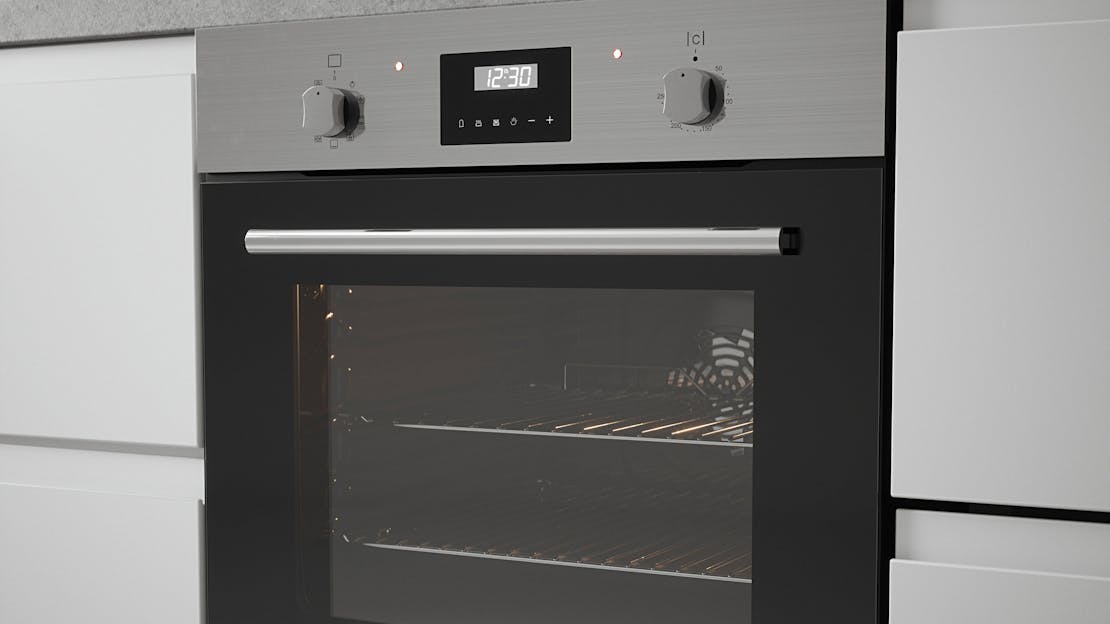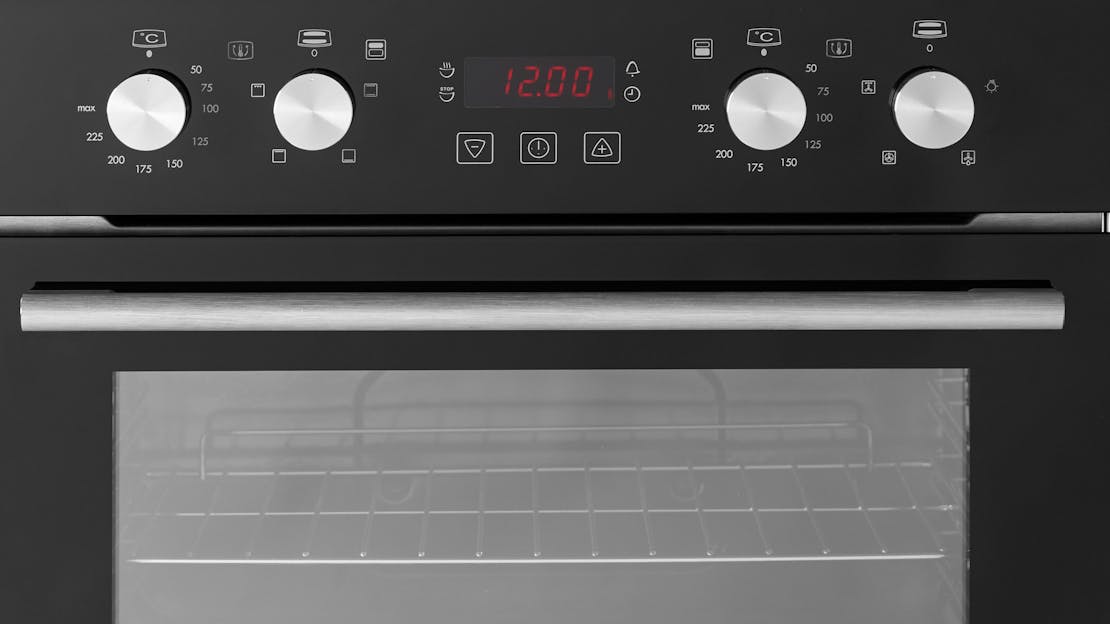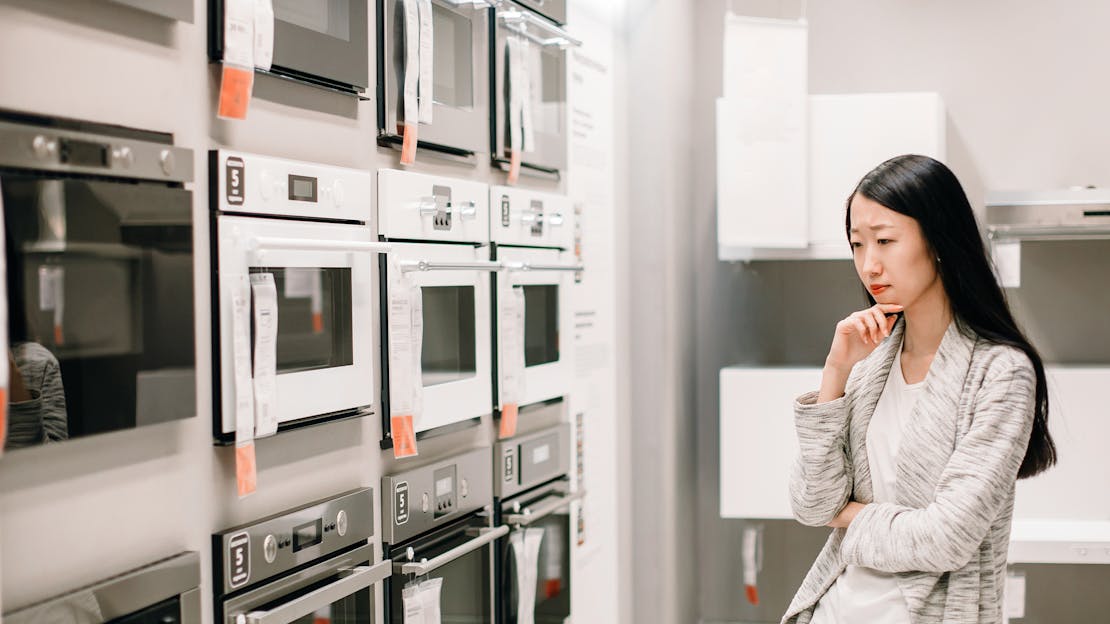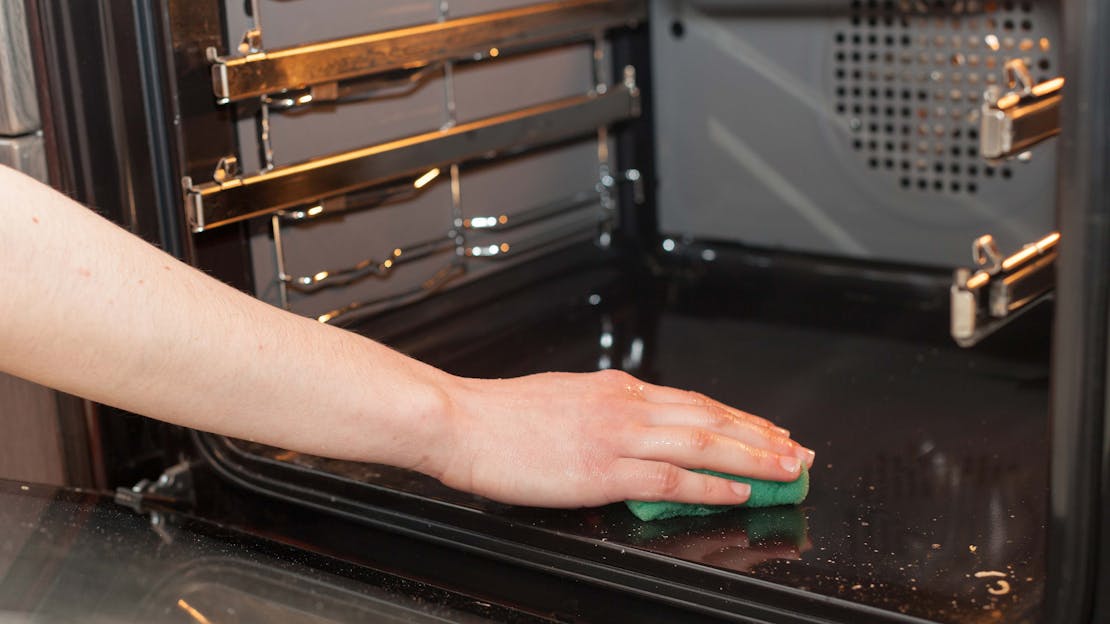
Pyrolytic, Catalytic or Steam Clean Ovens?
Can you confidently compare pyrolytic, catalytic, and steam-cleaning ovens if you were in the market for a new one? If not, you're not alone in this predicament! Nevertheless, it's a vital question to address, even though it won't be the sole determinant in your choice. Presently, the three primary cleaning modes - pyrolytic, catalysis, and steam cleaning - each possess their own merits and limitations.
What is a self cleaning oven?
A self-cleaning oven is an oven equipped with an automated cleaning function that uses high heat or special liners to remove food residues and spills from its interior surfaces, making it easier to maintain a clean cooking environment without the need for manual cleaning or cleaning agents.
What is a pyrolytic oven
Operation:
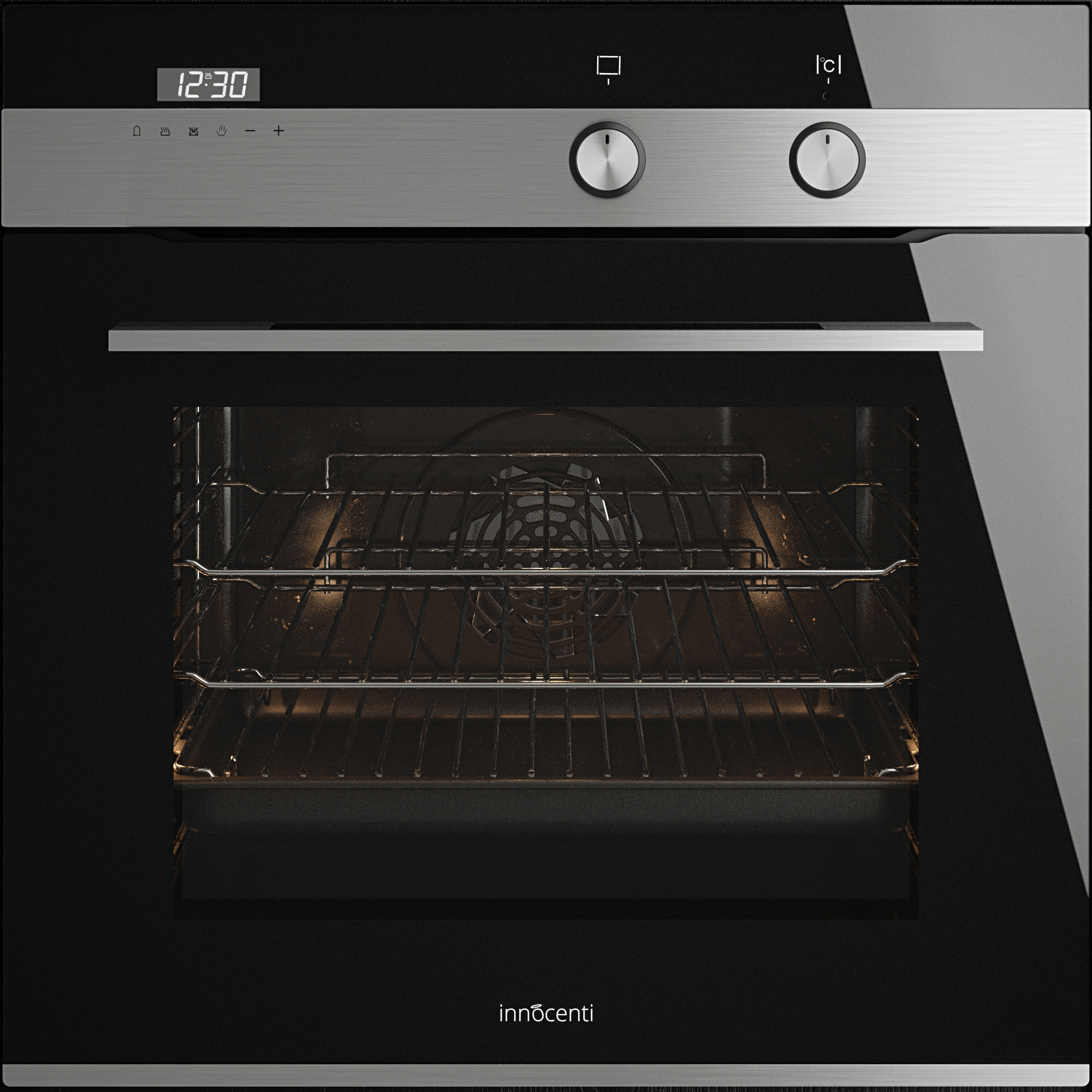
Through the powerful process of burning, pyrolytic cleaning eliminates tough dirt, including hard-to-reach areas, as the oven temperature soars to 500°C. The length of the pyrolytic cleaning cycle can be tailored to suit individual preferences, allowing for customizable cleaning. This high-temperature cleaning method efficiently breaks down and removes stubborn residues, ensuring a thorough clean for your oven. With the ability to tackle even the most persistent grime, pyrolytic cleaning offers a convenient solution for maintaining a pristine oven with minimal effort.
Advantages:
- Immaculate cleanliness: Pyrolytic cleaning is the most comprehensive mode as it eliminates both grease and residue from sugars, ensuring a thorough clean.
- Simplicity: After a pyrolytic cleaning cycle, all that's required is a quick wipe of the residual ash, leaving the oven spotlessly clean.
- Cost-effective: You have the flexibility to program the pyrolytic cleaning cycle during off-peak hours, take advantage of residual heat immediately after cooking, or adjust the program to the level of dirt in the oven to save energy.
- Safety: During pyrolytic cleaning, the temperature of the "cool" doors remains below approximately 60°C, even at oven temperatures of 200°C. The door remains locked until the oven interior has cooled down, minimizing the risk of burns. Enhanced insulation and a cooling fan further protect your kitchen units.
Disadvantages:
- Higher cost: Pyrolytic ovens tend to be more expensive than catalytic models due to the need for additional insulation and stronger heating elements.
What is a catalytic oven
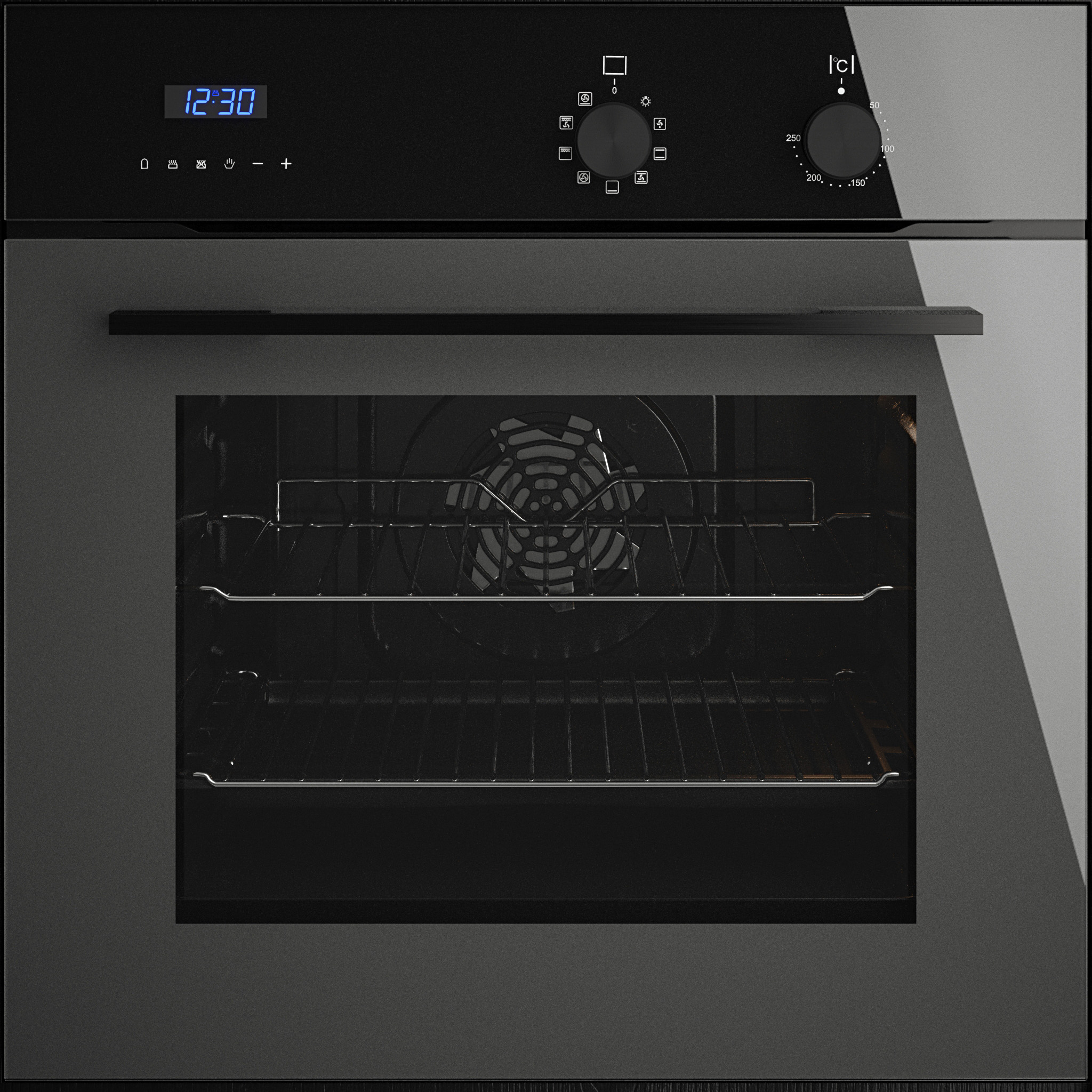
Operation:
Catalytic cleaning ovens have porous and rough interior walls that absorb cooking grease, while the catalytic process oxidises and eliminates fat splatters at temperatures above 200°C. The walls act as sponges, trapping and breaking down grease during cooking. This self-cleaning feature reduces the need for frequent manual cleaning, maintaining a cleaner oven environment. However, it's important to note that catalytic cleaning primarily targets grease and may not effectively address residues such as food spills.
Advantages:
- Smart and swift: Catalytic cleaning allows for easy maintenance by simply activating the oven at maximum temperature for 10 to 15 minutes after each use.
- Cost-effective: Catalytic ovens are generally more affordable than pyrolytic ovens.
Disadvantages:
- Manual cleaning required: Additional cleaning effort is necessary to ensure a thorough cleaning of the catalytic oven using a sponge and a degreasing dishwashing product. Unlike pyrolysis, the catalytic process does not reduce sugar to ash, resulting in a noticeably lower cleaning quality.
- Limited lifespan of catalytic walls: Depending on usage, the catalytic walls need to be replaced approximately every 5 years. The use of aluminium foil, abrasive products, or scouring products can cause irreparable damage to the catalytic oven.
What is a steam clean oven
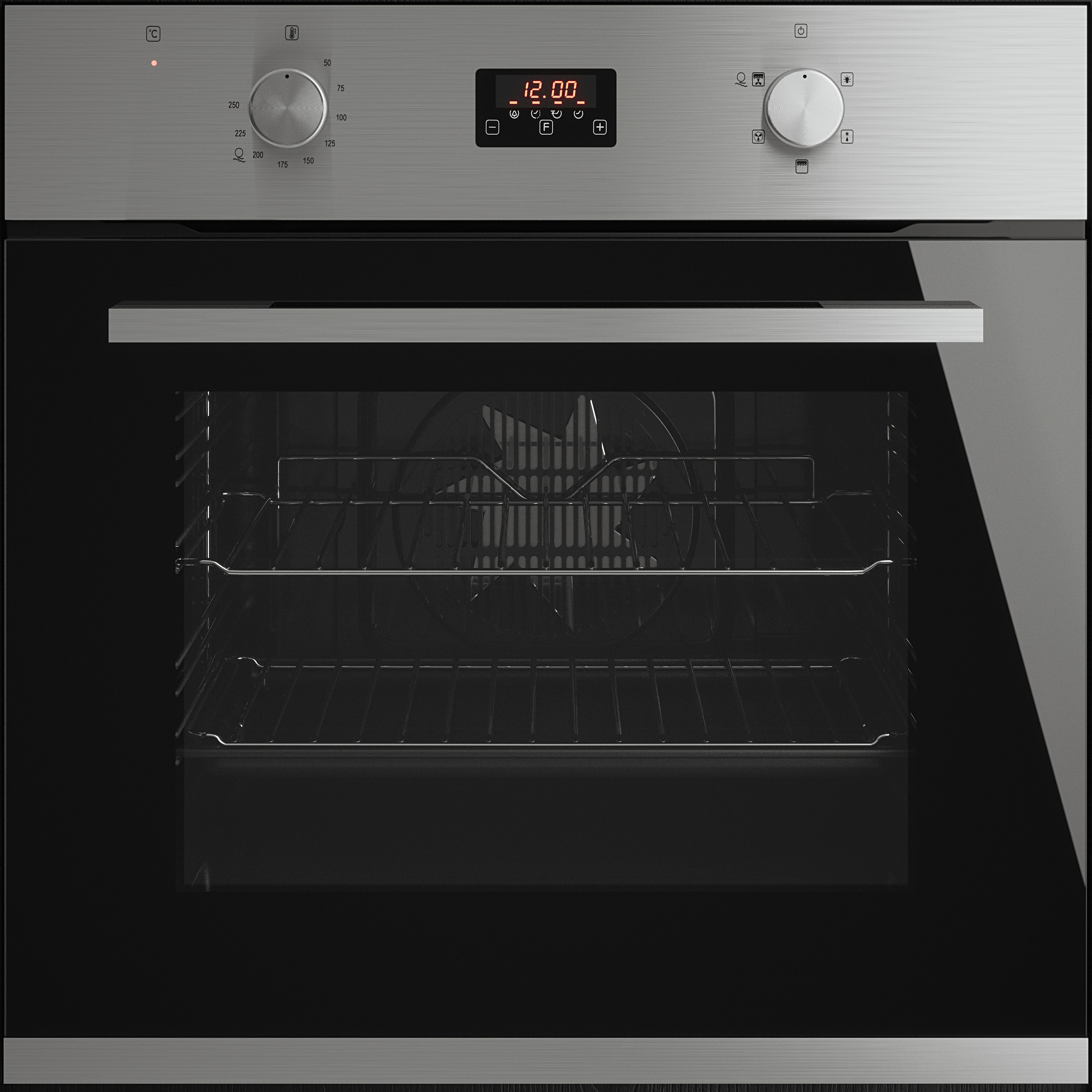
Operation:
Steam cleaning utilises a straightforward process that harnesses the combined effects of evaporation and condensation, creating a "steam bath" effect. This technique effectively softens and loosens dirt within the oven, making it easier to clean. By pouring 40 cl of water and a few drops of washing-up liquid onto the oven floor and selecting the hydrolysis program, you can initiate the steam cleaning process.
Advantages:
- Simplicity: Allow the steam cleaning program to run for 30 minutes, and afterward, the dirt can be effortlessly wiped away using a sponge or cloth.
- Cost-effective and environmentally friendly: Steam cleaning with hydrolysis consumes minimal energy, making it an economical and eco-conscious choice.
Disadvantages:
- Recommended cleaning after each use: It is advisable to clean the oven after every use, as steam cleaning alone may not address heavy or stubborn stains effectively. Regular maintenance is essential to keep the oven in optimal condition.
In conclusion, what is the best type of self cleaning oven?
Selecting the right oven for your kitchen can greatly influence your cooking and cleaning experience. Ovens come with various cleaning methods, each offering its unique set of advantages. In this summary comparison table, we explore the benefits of three popular oven cleaning technologies: pyrolytic, catalytic, and steam clean ovens. From cleaning efficiency and energy consumption to versatility and environmental impact, we'll delve into the distinct features of these ovens to help you make an informed choice for your kitchen.
| Feature | Pyrolytic Oven | Catalytic Oven | Steam Clean Oven |
|---|---|---|---|
| Cleaning Method | High-temperature self-cleaning using pyrolysis (burns off residue) | Absorbs and breaks down grease and spills | Uses steam to loosen and soften food residues |
| Cleaning Efficiency | Extremely effective, leaves the oven almost spotless | Effective for light to moderate cleaning | Effective for light cleaning, may require additional wiping |
| Time Required for Cleaning | Typically longer (2-4 hours) due to high-temperature cleaning cycle | Relatively shorter (1-2 hours) as it cleans while cooking | Relatively quick (15-30 minutes) for light cleaning |
| Maintenance | Requires minimal maintenance, occasional wipe for ash residue | Requires periodic replacement of catalytic liners | Requires regular descaling and water tank cleaning |
| Energy Consumption | High energy consumption during cleaning cycle | Moderate energy consumption | Low energy consumption during steam cleaning |
| Odour and Smoke Reduction | Reduces strong odours and smoke during cleaning | May not eliminate odours completely | Helps eliminate odours and smoke |
| Versatility | Typically found in high-end ovens | Available in mid-range ovens | Common in both mid-range and high-end ovens |
| Initial Cost | Generally more expensive | Moderately priced | Typically affordable |
| Long-Term Cost | Lower long-term maintenance costs | Moderate long-term maintenance costs | Moderate long-term maintenance costs |
| Suitable for Baking | Yes, suitable for all types of cooking and baking | Yes, suitable for all types of cooking and baking | Yes, suitable for all types of cooking and baking |
| Environmental Impact | Higher energy consumption may have a larger carbon footprint | Lower energy consumption compared to pyrolytic | Environmentally friendly due to lower energy use |
| Ease of Use | Easy to use, self-cleaning function | Easy to use, no additional steps required | Easy to use, minimal effort for cleaning |
Pyrolytic ovens offer greater simplicity and efficiency compared to catalytic ovens, although they tend to come with a higher initial cost.
Catalytic ovens, while capable of absorbing grease, are not designed to handle sugar residues effectively, making them more suitable for cooks who infrequently bake cakes. It's important to note that a flawless clean may not always be achievable with catalytic ovens.
Steam-cleaning ovens are environmentally friendly and energy-efficient, making them a favourable option, but they aren't as effective at cleaning as pyrolytic or catalytic ovens.
However, when selecting an oven, it's crucial to remember that the cleaning method should not be the sole determining factor. Factors such as consistent heat distribution and precise cooking control hold greater significance in the decision-making process.
Top Selling Single Electric Ovens from MyAppliances
Upgrade your kitchen with our range of ovens, including fan, multifunction, and self-cleaning options. From even heat distribution in fan ovens to versatile cooking modes in multifunction ovens and hassle-free maintenance with self cleaning ovens, we have everything to suit your cooking needs. Experience convenience and innovation in your kitchen with our oven solutions.
Oven Buying Guides - Helping you choose the right oven
Oven Buying Guides - Helping you choose the right oven
At the core of every home lies the kitchen, with the oven taking centre stage. This essential appliance is relied upon and used daily, underscoring the significance of selecting the right one. The multitude of options in terms of style, size, and functions can be daunting. To simplify the process, we have created practical guides that will help you determine precisely what to look for. By following these guides, you can confidently choose an oven that caters to your cooking needs and aligns with your lifestyle.
![Ultimate Oven Buying Guide]()
Welcome to the comprehensive guide on electric ovens! Whether you're a passionate home cook or someone who simply enjoys preparing delicious meals, this guide is here to provide you with valuable insights into the world of electric ovens.
![The Ultimate Pyrolytic Oven Guide]()
A pyrolytic oven is a self-cleaning appliance that utilises high temperatures to incinerate food residue and grease, eliminating the need for manual scrubbing. During the cleaning cycle, which reaches temperatures as high as 400 to 500 degrees Celsius, the oven locks its door and converts organic matter into ash.
![Single Electric Oven Buying Guide]()
If you're after a great value, functional and practical single oven, you've certainly come to the right place. Here at MyAppliances we stock an extensive range.
![Double Oven Buying Guide]()
Our double ovens will make light work of all your meals, offering a striking appearance, chunky controls and handy programmers. Want some more information? Simply check out our convenient buyers' guide below for all the details you'll need ahead of purchase.
![Oven Types: A Comprehensive Guide to Choosing the Right Oven for Your Home]()
When it comes to buying a new oven, the options can seem overwhelming. With over 20 different types of ovens available, each with unique features and functionalities, it can be difficult to determine which one is right for you.

